Open-Source Fire Science
Open-Source Fire Science
The Pyregence Consortium is a collaboration of scientists, practitioners, and institutions working together to advance open wildfire science for the public good. Originally formed through a California Energy Commission EPIC grant, the Consortium continues to evolve as a hub for transparent, scalable, and policy-relevant wildfire research.
The innovations developed through Pyregence deliver measurable benefits to a wide range of stakeholders.
Pyregence equips emergency managers with 1–7 day fire risk forecasts, dynamic fuel maps, and intuitive visual tools that enable proactive planning, smarter resource allocation, and clearer communication with both responders and the public.
Pyregence supports utility operations with real-time ignition forecasts, powerline specific risk analysis, and open-source fire modeling that enable smarter PSPS decisions, infrastructure risk assessments, and seamless integration with internal tools.
Pyregence offers an open-source ecosystem of tools and datasets for studying fire behavior, climate interactions, emissions, and ecological change, serving as a living lab for interdisciplinary wildfire research across modeling, machine learning, and decision science.
Pyregence supports evidence-based policy by quantifying wildfire risks, climate impacts, and emissions by offering open-access tools that inform policy, funding strategies, and land use decisions. Its collaborative approach offers a model for coordinated wildfire governance.
All data, code, and models developed through Pyregence are openly available to support community adoption, peer review, and ongoing innovation. The project exemplifies the power of cross-sector collaboration between forest and fire scientists, ecologists, software engineers, data scientists, public agencies, and private partnerships.
INTERNATIONAL


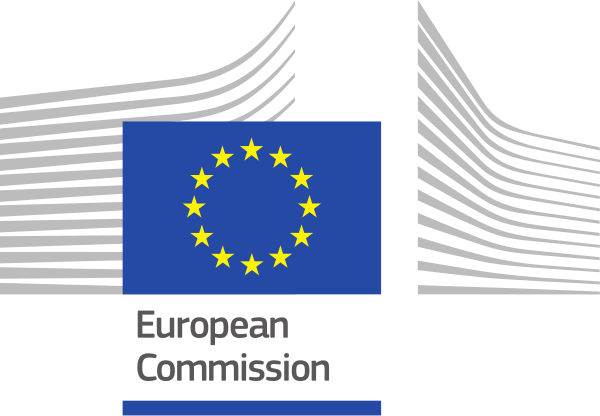
DOMESTIC
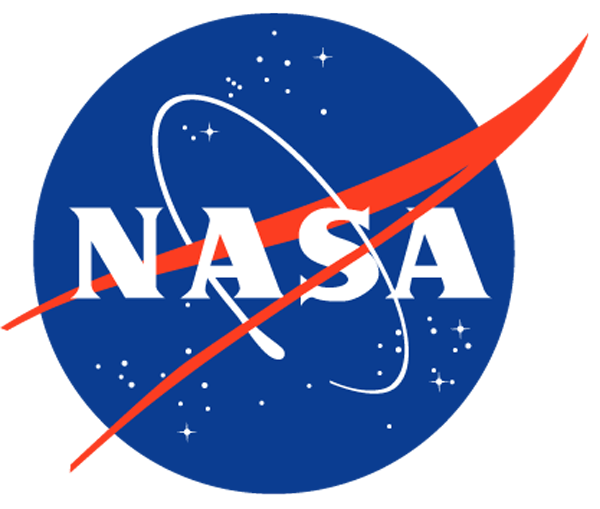



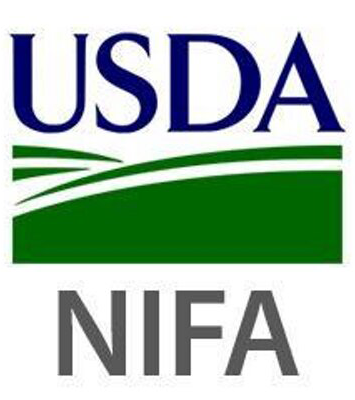
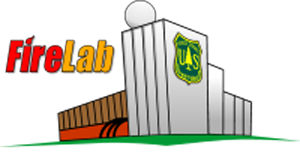
REGIONAL

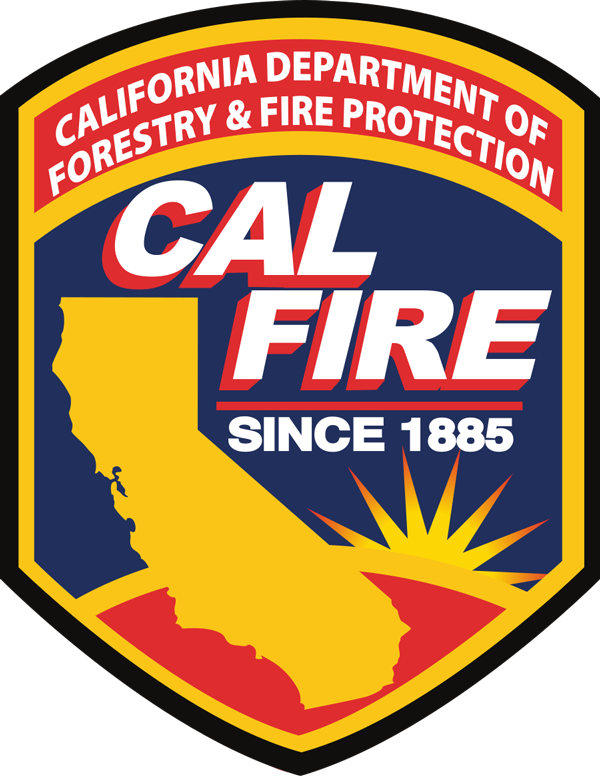
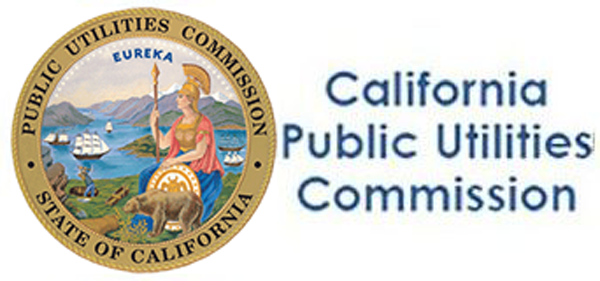
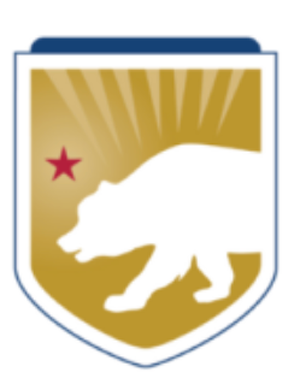


LOCAL















NEAR REAL-TIME



ANNUALIZED RISK
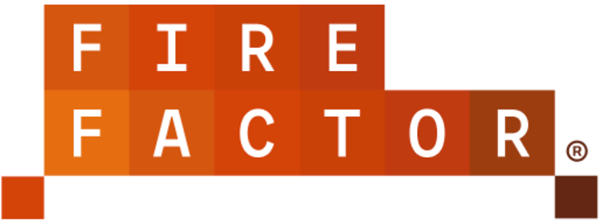

ENVIRONMENTAL MARKETS
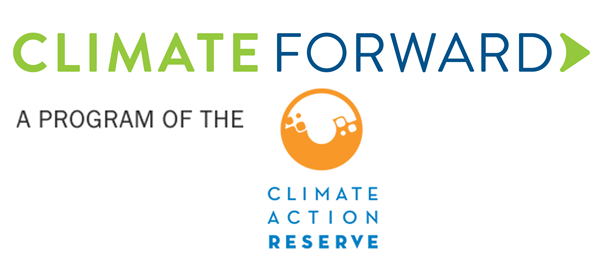
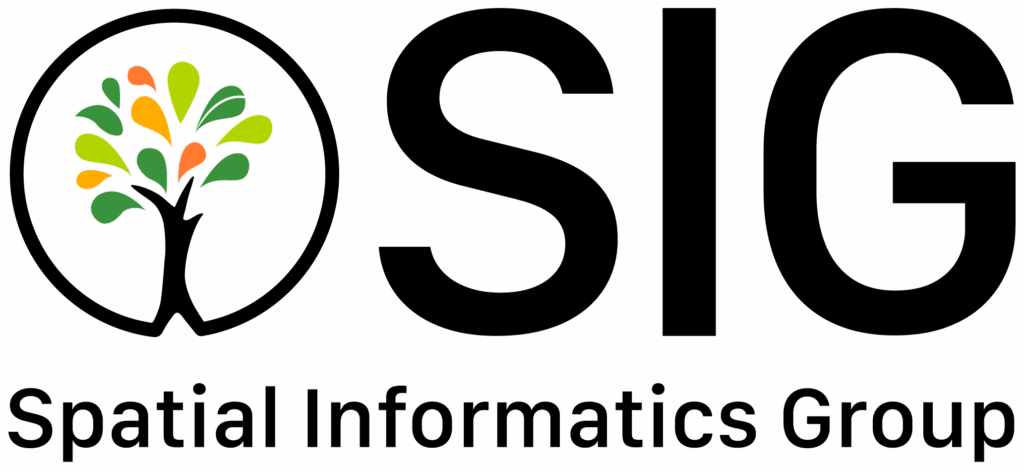







Improving Wildfire Behavior Forecasting Through Open Science and Cooperation

PyreCast, Pyregence’s flagship wildfire forecasting application, provides near-term projections of fire weather, risk, and spread potential up to 16 days in advance. Access the free, open version or explore the advanced, licensed capabilities that are available.
Pyregence supports and connects powerful models to simulate how fires behave and evolve across landscapes and time. These models help scientists and planners better predict wildfire behavior, understand vegetation changes, and assess long-term risks, supporting smarter decisions from the ground up.
Pyregence is built on open, peer-reviewed science that advances wildfire forecasting, emissions modeling, forest dynamics, and decision support. Research conducted by the Pyregence Consortium fills critical knowledge gaps in fire weather patterns, smoldering combustion, post-drought fuel dynamics, the impacts of megafires on ecosystems, and more.